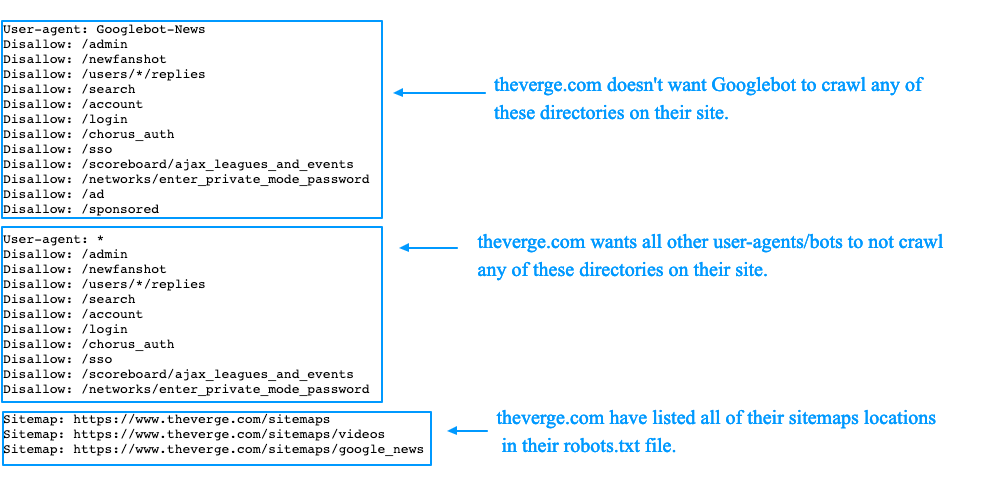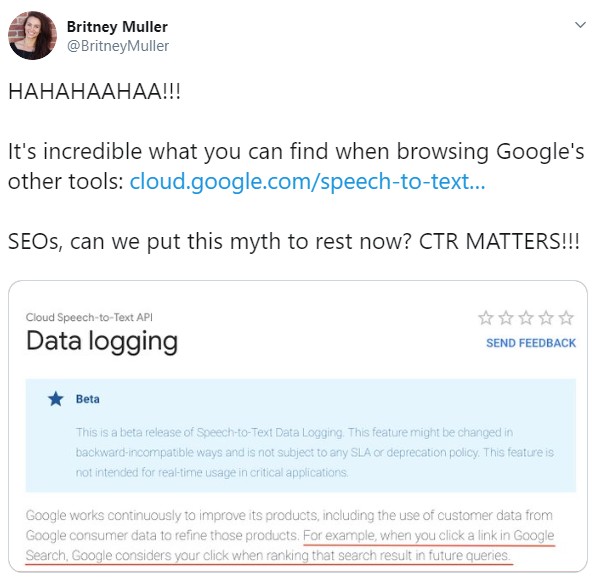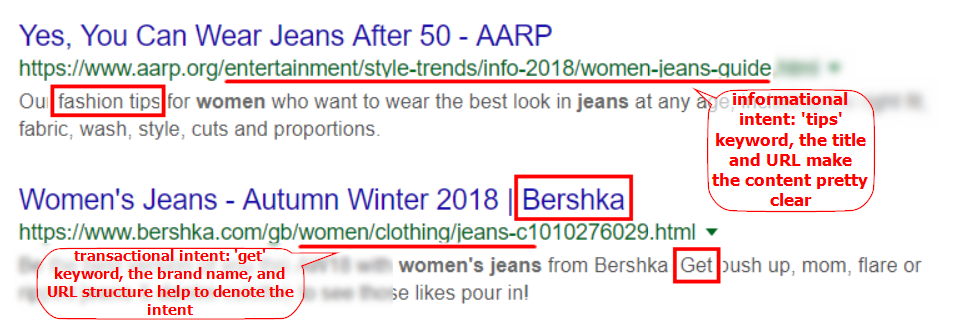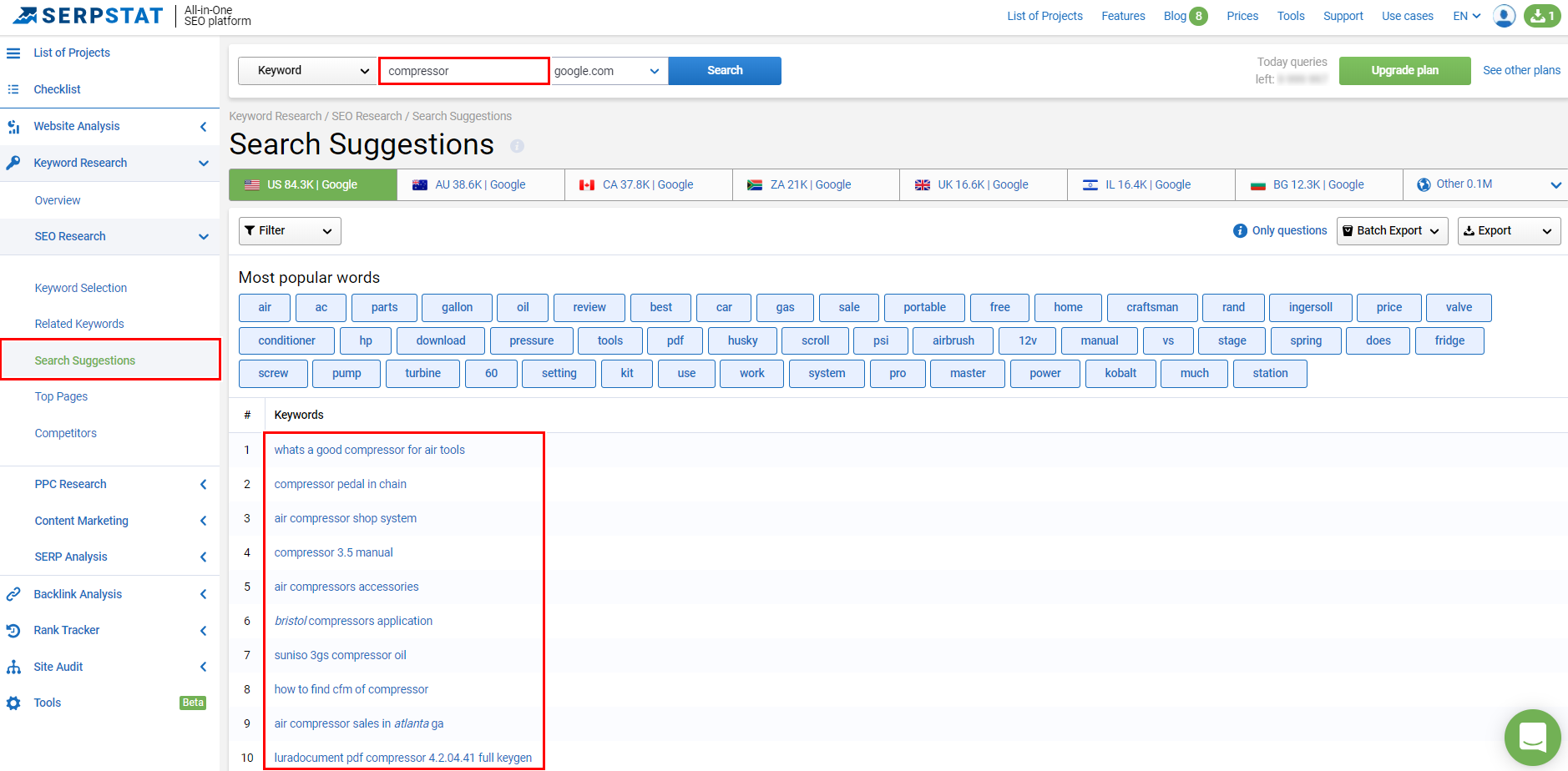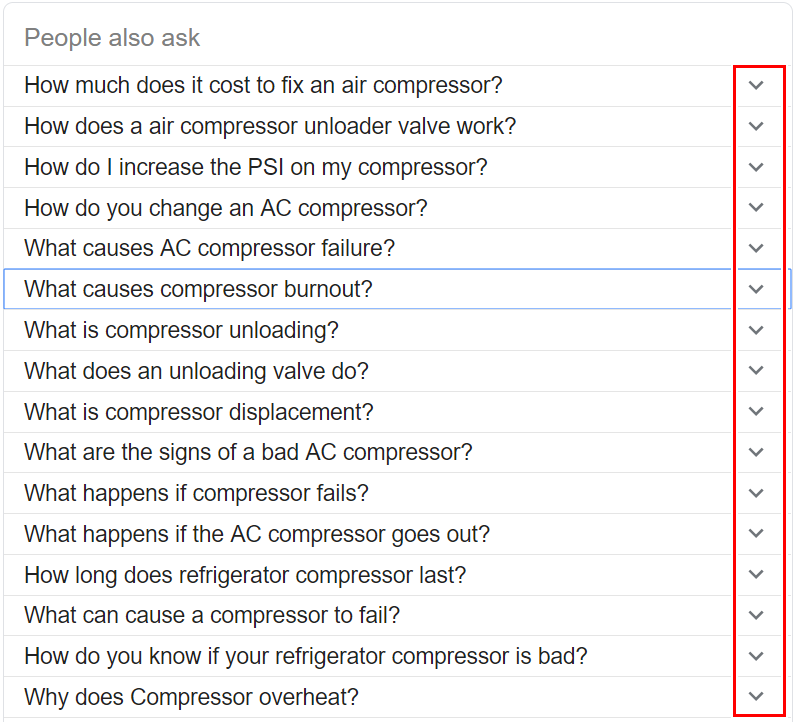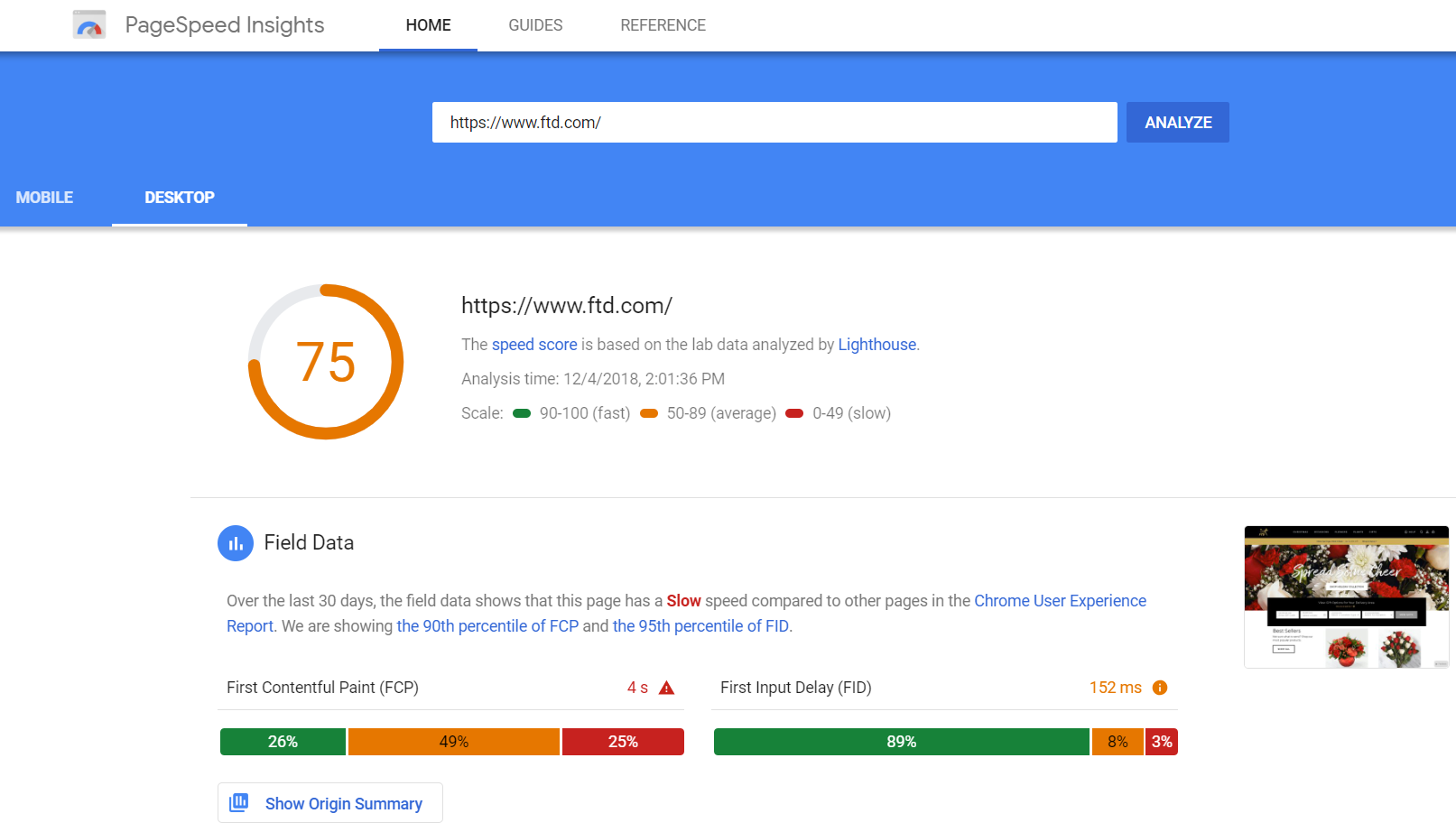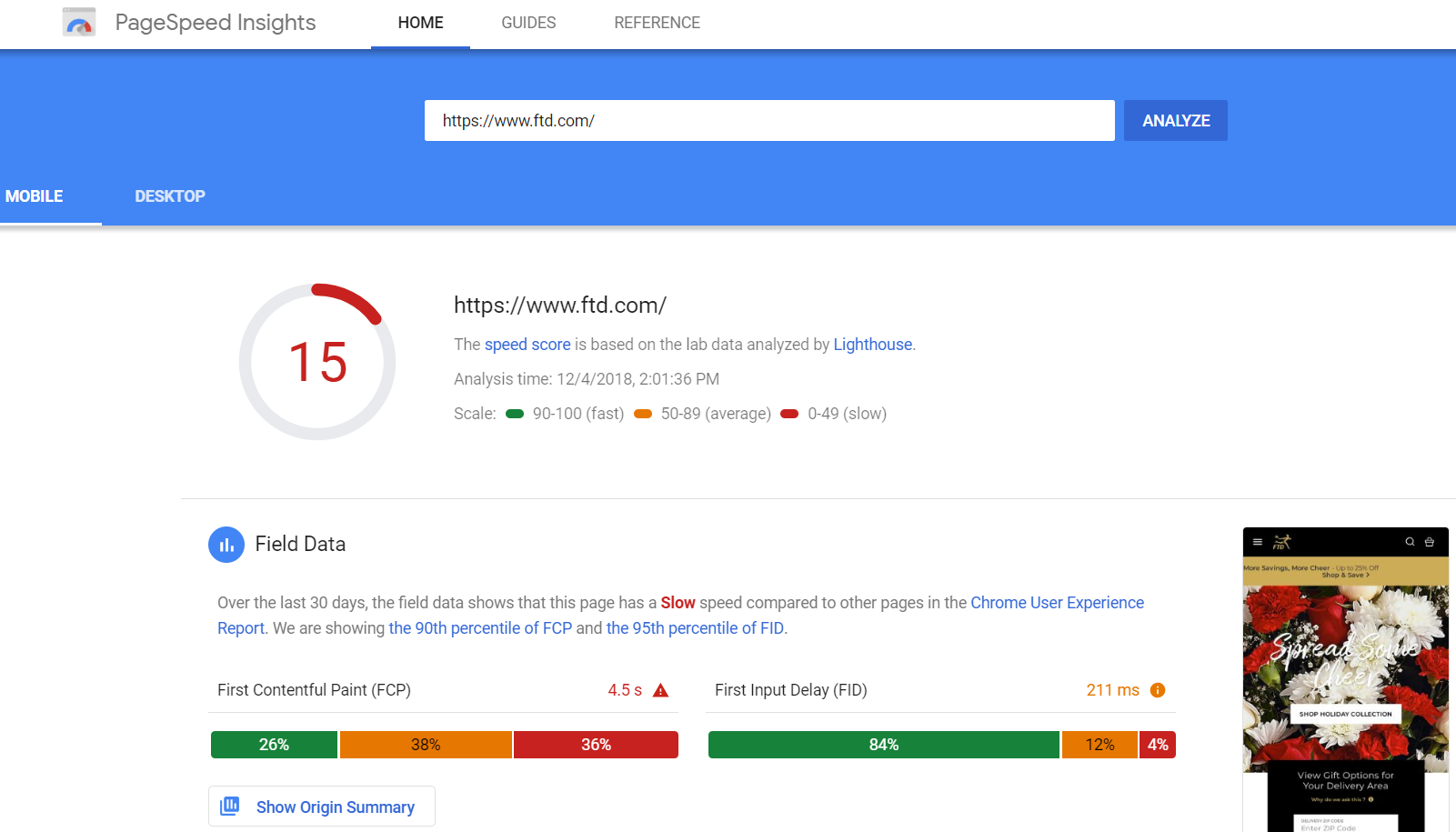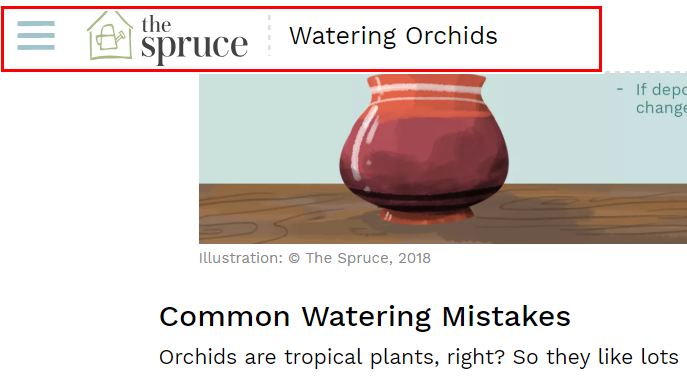For some businesses, there is only a small team, or even one individual, in charge of all the pay-per-click, or PPC advertising.
And that one person, or team, may have other responsibilities that cut into that PPC management time. As the business grows, keeping up with all the work that goes into a well-managed PPC account (or multiple accounts) can be difficult. So it may be necessary to outsource some, or all, of this workload.
The challenge now is to find the right PPC software or management company. The purpose of this article will be to help you identify the needs of your business and what to look for in companies or software that best fits those needs.
Identify your business needs
There are many options available to small businesses for PPC advertising management including tools and specialized software, all the way to full-service PPC management agencies. The decision to go with one over the other depends on three things:
- The amount of control you want to retain
- The time you have to invest
- What you can afford
If you want to keep full control of your accounts, devote some time to managing them. And if you’re working with a conservative budget, then a PPC management software may be perfect. However, if you don’t mind handing over the reign, or have little or no time to spare, and can afford the extra expense, then a full-service PPC management agency might be right for you.
Read also: 10 reasons to hire a PPC management expert.
Not all businesses are going to fall into the these options, and most will actually be somewhere in between. Other considerations to be taken into account when identifying your businesses’ needs include the number of PPC accounts you have, average monthly spend, ad type mix, and whether you currently manage PPC manually or with automation.
Types of PPC accounts and ads
PPC accounts could include one, all, or a mix of the following:
- Google Ads, Bing Ads, Facebook, or other social media ads.
- Types of ads: Search, search & display, video, shopping, not to mention remarketing ads.
- Types of ad management: Manual, manual and some automation, or full automation.
Research software and management companies
I was recently tasked by my company to research and create a top three list of PPC management companies, or software tools, in order to free up my time to work on our websites.
So I began my search for companies that provide these services and software. After compiling a list of the ones I wanted to investigate further, I signed up for software demos, free trials, free PPC audits, or free phone consultations.
Below are some details of my research into these companies. This is clearly not an exhaustive list of what’s available out there, but it’s a helpful guide if you’re unsure of where to start.
PPC management agencies
Features: Free PPC audit with follow up consultation and demo of software designed for Google Ads and Google Shopping feed management. Management services include PPC lead gen, paid search, Amazon, and Facebook.
Pricing: Not listed on their site, but during the consult, they provided a price range based on current accounts and recommended services. The estimate I received for the company I work for, was a range of $2,500 to $3,500 for the one-time setup fee, plus 25 percent of our monthly ad spend.
My research experience: Sign up for the audit and demo was easy and they contacted me pretty quick about getting me set up. I had the consult call which lasted 45 minutes and was a detailed overview of our accounts including areas that were working or not working in our favor, how they could be improved, and how they would help solve these issues as well as improve our overall account performance. After the representative went over the audit results, it was recommended that we go with PPC management services rather than the CAPx software alone.
Final impression: I was really impressed with the detailed results and feedback I received about our account. Using the software without managed services was definitely not something that would be beneficial for us, nor could we use it to manage Bing Ads. The pricing was also quite high, more than what we can fit into our budget. Their PPC management services did sound robust and valuable, just not the right fit for us.
Features: Full-service management with dedicated account management, research, analysis & strategy development, comprehensive optimization, and custom reporting are all included in their listed services.
Pricing: Pricing not listed on their website but was in the proposal. Fee schedule is based on the monthly ad spend as follows: 13 percent for more than $5,000 monthly spend, 15 percent for $3,000 to $5,000 monthly spend, or a flat fee of $399 for less than $3,000 monthly ad spend, per account.
My research experience: Sign up for the free consultation was easy, but no audit was performed first. Consult call was about 15 minutes and we reviewed what kind of accounts we currently have, what we’re looking for, and more. Received a proposal a few days later that included a high-level overview of services they provide along with their fee schedule.
Final impression: Although quick to set up a call after the sign-up, the call was too short to fully understand our needs and accounts. It took a few days to get the proposal and it was very generic, not designed around our businesses’ specific needs. Looking back at their website, there are no testimonials from clients, very basic high-level content, and very little company information. We did have a good call and their representative was great to talk with, so it’s possible that the customer service could be great. I would recommend further research.
Share this article
Related articles
Features: Integrated service offerings include digital strategy, ad copy, PPC analytics, display and paid search, dedicated PPC account manager, and an account specialist with weekly, monthly. Plus, ad hoc client calls with weekly and monthly reporting.
Pricing: One time new client fee $1,495 includes utilization of Google Ads and Bing Ads, plus a monthly management fee based on the monthly ad spend, broken down into tiers starting at $600 (up to $3,000 in ad spend) to 10 percent (at $30,000 to $150,000 in ad spend).
My research experience: Signed up for their free PPC audit, which they linked directly to our Google Ads account, and then sent a detailed report within a few days that included specifics of actionable items, and a description of the on-boarding process. The audit report features JumpFly agency intro, audit (initial thoughts), and specific areas they see that need work.
Final impression: It was a very simple process for the audit and the report had lots of details, specific to our account, of how to optimize, and grow, our account. The report was comprehensive, not simply focusing on their service. They even had simple, actionable items that I could immediately implement. The pricing seemed reasonable enough for what we’d get in return. The company also had a very thorough website and appears knowledgeable and trustworthy.
PPC management software tools (with and without additional managed services)

Features: As described on the website, “Automated Optimization Suggestions: ProAdly constantly analyses your AdWords account and calculates suitable suggestions and optimizations. Optimizations are calculated and weighted with the expected impact. Potentials for savings and growth are shown. Suggestions for optimizations are shown for: Google Shopping bid optimization, ad time planner, device planner, good & bad keywords, text ad creation, quality scores, and keywords.”
Pricing: A free 14-day trial offer plus a free live demo. Pricing is based on the number of AdWords accounts and Merchant Center accounts. Up to five accounts – $250 per month; up to 25 accounts – $459 per month. Discount available if paying annually.
My research experience: The trial was easy to get started and set up, bringing in your accounts. The recommendations it gave were decent, but there were times that my accounts gave me suggestions, and this software did not. It was very simple to use and straightforward on what it does (and doesn’t do).
Final impression: A big con was it’s designed for Google AdWords only, no Bing Ads management. I was also unable to find any training, but there’s a live chat box and an article finder to ask for help. That being said, the software is not very comprehensive. The only thing I can see that it does is offering recommendations to optimize your account, but you can’t create campaigns or do any re-structuring within the software. That being said, if you want something that can offer suggestions on dozens of Google Ads accounts in one place, then this may be helpful on a day-to-day basis for quick optimizations.

Features: PPC management software suite includes account management for Google AdWords, Bing Ads, and Google Shopping feeds. One-click optimizations, data insight tools, report designer, quality score tracker, Bing tools, Google Ads scripts, Google Shopping campaign tools, advanced reporting features, advanced shopping features, rule engine and custom optimizations, custom domain for reports, training sessions (two personal sessions with PRO accounts, email support, all accounts linked to software (no limit), and spend per month linked up to $500k. Plus, automation credits (250 free credits per month for a Pro account).
Pricing: Regular $499 per month for a Pro account (discounts for six months or annual payments). Enterprise level available, have to contact for pricing.
My research experience: The free 14-day trial was easy to sign up for and I was able to quickly pull in all our AdWords accounts, analytics accounts, Bing Ads, and shopping feeds. It was nice to have everything in one place. The software gave decent recommendations. Training is offered with a free Udemy private training course.
Final impression: A very comprehensive software that was impressive. Plus, for us, we’d be able to manage all of our accounts in one place. Ability to create ads, create structure, and set up custom rules. The price is really great for what this tool can do. I think this is the perfect software for someone who has a really good working knowledge of PPC accounts, and knows what needs to be done (as far as structuring). After the initial work of getting everything set up and creating rules, it will definitely be a time-saver as well.

Features: The description on their website, “Spaceboost combines creative automation, campaigns operations automation, powerful 24/7 bidding algorithms, and outstanding customer service to help 5,000+ brands scale their results – not headcount – on Google, Bing & Amazon.”
Pricing: On their website, they have a very cool sliding scale that includes different packages of software with or without mentoring, and with or without managed services, at different business levels. Based on my company’s monthly ad spend the approximate cost for us is as follows: Software alone $1,000, software without mentoring $1,500, or software with mentoring, and managed services $2,250.
My research experience: Very easy to sign up for a free 30-day trial. There is tons of training videos plus support via email, chat, and phone. Free academy training is also available. That being said, it was a bit overwhelming and I wasn’t sure how to use the software, so I requested a free demo. I had a consult call with them for about 30 minutes to explain how it all works, discussed our business needs, and received recommendations, based on our business and customers for which package would be right for us.
Final impression: The software is fantastic and pulls in all of your inventory in basically any format you want. Then all of your accounts and ads can be structured around that data, or you can continue with the structure you already have. Their managed services are also incredibly flexible, you can use them as little or as much as you want. Although the software was more advanced than what I would want to use if I was going for software alone. However, if you looking for a mix of software and managed services, want to save a ton of time, but want to still retain control and decision making, then this might be the perfect solution.
Conclusion
With hundreds of PPC software tools and management agencies, how do you know which to choose? Knowing what your business needs, what you currently have in place, and what you hope to achieve with PPC services will help you navigate these waters.
Knowing what to look for in software capabilities and features, or with agencies and their services, will help you make an educated decision. Also, check into the company, look for reviews, see how long the company has existed, and who are their clients. Take your time, know your business, and do your research.
Got any first-hand experiences with PPC management solutions, tools, and services? Share them in the comments.
Want to stay on top of the latest search trends?
Get top insights and news from our search experts.
Related reading
About 60 percent of B2B companies acquired customers through LinkedIn paid ads. Ace B2B paid advertising with these strategic tips on execution.
Kenneth Andrew of BingAds gives us tips for how to get more value from our paid search spend. Are you keeping up with these industry trends?
How is Prime Pantry advertising different than overall Amazon Ads? Here’s what you need to know about maximizing paid search for Prime Pantry.
2018 was an eventful year for Google Ads, and 2019 looks to bring even more changes. Here are the key things to expect this year.
Want to stay on top of the latest search trends?
Get top insights and news from our search experts.





